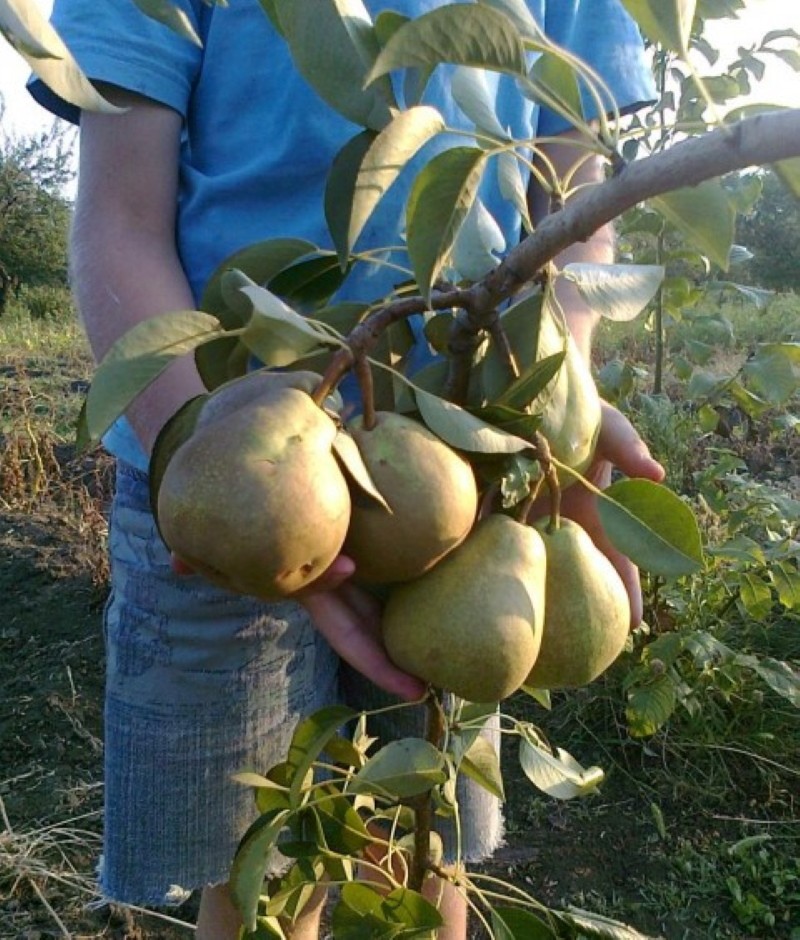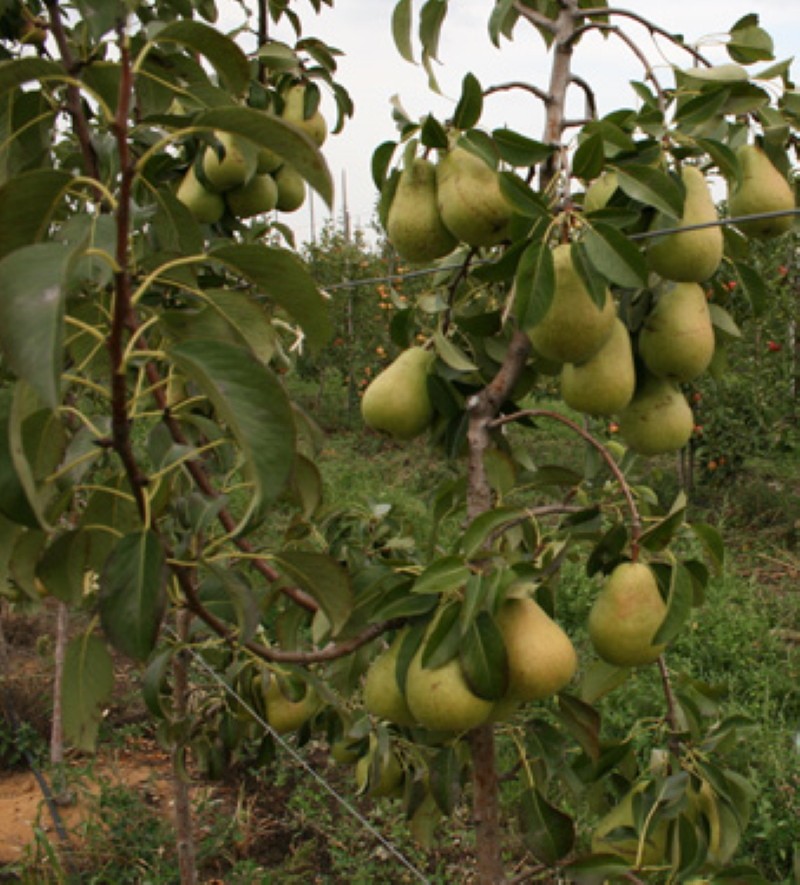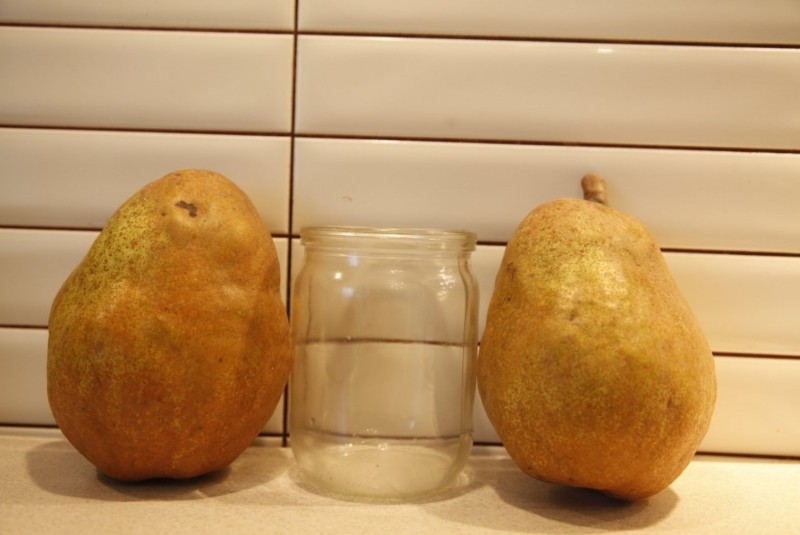The largest-fruited early winter pear Delbarju - description of the variety and features
 If summer pears are planted to enjoy the first fruits, then later species are grown mainly for consumption in winter. The most popular are resistant varieties with large and sweet fruits. One of the leaders among them is the Delbarue pear - a description of the variety and, in fact, he himself was obtained by French breeders. High tasting score, winter hardiness, large-fruited and early maturity - these are the qualities the pear is famous for. Today it is grown not only in its historical homeland, but also in many other countries, including in the southern and central regions of Russia.
If summer pears are planted to enjoy the first fruits, then later species are grown mainly for consumption in winter. The most popular are resistant varieties with large and sweet fruits. One of the leaders among them is the Delbarue pear - a description of the variety and, in fact, he himself was obtained by French breeders. High tasting score, winter hardiness, large-fruited and early maturity - these are the qualities the pear is famous for. Today it is grown not only in its historical homeland, but also in many other countries, including in the southern and central regions of Russia.
Sometimes Snowflake, Snowball or Ricks pears are on sale. This is all the same Delbarue variety.
Pear Delbarju - variety description

A feature of the Delbarju pear is the ability to change its characteristics by vaccination, especially early maturity. The stock can be quince or wild pear.
Depending on the type of rootstock, certain characteristics of the pear are improved. So, vaccination on quince allows you to get a medium-sized tree that:
- bears fruit already in the second year after planting;
- grows well in any soil;
- does not require watering;
- produces larger and sweeter fruits.
But Delbarju pear grafted onto a wild pear:
- lives longer, although it begins to bear fruit only for 4-5 years;
- has a higher winter hardiness;
- yields a more generous harvest, but the fruits are slightly smaller and sour.
Taste characteristics
 Another distinctive feature of the variety, thanks to which it became popular, is the size of the fruits. Even grafted onto wild pear trees, fruits less than 250 g are never produced. And each pear, obtained from a tree grafted on a quince, can reach even 0.5 kg.
Another distinctive feature of the variety, thanks to which it became popular, is the size of the fruits. Even grafted onto wild pear trees, fruits less than 250 g are never produced. And each pear, obtained from a tree grafted on a quince, can reach even 0.5 kg.
At the stage of removable maturity, a thick and dense skin is green; during maturation, it turns yellow. Consumer maturity in fruits occurs at the end of autumn. By this time, the pulp becomes very juicy, tender, oily structure. It is white in color and emits a light pear aroma. In a cool place, pears can be stored for about 3 months. And the thick skin reliably protects them from damage during transportation.